AI Translation: What It is, Top 10 Tools, What Future Holds
AI Translation: Bridging Worlds, One Word at a Time.
In today’s fast-paced global economy, effective communication across languages is more important than ever.
Imagine the possibilities when businesses reach out to diverse cultures, creating connections that transcend borders. With the rise of AI translation, this vision is not just a dream—it’s becoming a reality.
In this article, we will cover everything you need to know about AI translation, from AI translation tools to what the future holds:
- Why AI Translation Matters
- Leading AI Translation Tools (top 10)
- What Defines a High Standard for AI-Powered Translation? Analyzing OneSky Localization Agent (OLA) as an Example
- Key Technologies that Power AI Translation
- Case Study: Solving Localization Pain Points via AI Translation
- Looking Ahead: The Future of AI Translation
- Conclusion

Why AI Translation Matters
With our world becoming more interconnected, the demand for effective multilingual communication is skyrocketing.
The global language services market is projected to reach a staggering $56 billion by 2027—largely due to advancements in AI-driven translation technology.
Businesses everywhere are realizing the potential of these tools to not only enhance internal communication but also improve relationships with clients, stakeholders, and customers across various regions.
By employing AI translation, you don’t just improve transactional interactions; you engage more authentically with customers. Effective communication isn’t just an asset; in this interconnected landscape, it’s a fundamental necessity for success.
Current Trends and Insights
Let’s take a closer look at some exciting trends shaping the landscape of AI translation:
- Market Growth: The addressable market for AI language translation is expected to soar, with estimates suggesting it could grow to $50 billion by 2027. This reflects the increasing reliance on AI solutions for translation tasks, driven by the need for efficiency and accuracy in multilingual communications.
- Accuracy Improvements: Nearly 80% of companies using AI translation tools report significant boosts in translation accuracy, attributed to machine learning algorithms that continuously refine their output based on feedback and evolving language use.
- Speech Translation Breakthroughs: The accuracy of speech translation has witnessed impressive new heights, with models achieving accuracy rates of over 94% across languages. This advancement is a game-changer for sectors that depend on real-time communication, such as customer service and international diplomacy.
- Increased Productivity: A remarkable 70% of companies employing AI translation in their workflows have observed increased efficiency. This is especially valuable for marketing teams managing campaigns across multiple languages quickly, allowing them to adapt their strategies on the fly.
Leading AI Translation Tools (top 10)
When choosing an AI translation tool, it is essential to evaluate factors such as the number of supported languages, translation accuracy, and compatibility with existing systems.
Selecting a tool with features that cater to your specific needs—such as contextual translation and customization options—ensures it effectively aligns with your organization’s requirements.
Below is a list of top 10 AI translation tools voted and picked by our editors — we wrote a detailed guide on AI translation softwares.
- Google Translate: A household name for good reason—this tool supports over 140 languages and processes more than 143 billion words each day. It’s accessible and effective for quick translations, though it can vary in accuracy with more complex texts.
- DeepL Translator: Known for its contextual finesse, DeepL has garnered a loyal following among professionals. Surveys indicate that an impressive 90% of users prefer DeepL’s translations because of its nuanced understanding of language.
- OneSky Localization Agent (OLA): OLA doesn’t just rely on automated processes; it create a Virtual Localization Team powered by specialized AI agents and advanced Large Language Models (LLMs) like Claude, GPT, and Gemini. We will use OLA as a showcase to walk you through what a high standard for AI translation should be.
- Microsoft Translator: This tool integrates conveniently with various Microsoft applications and provides dependable solutions for businesses looking to enhance both internal and external communications.
- Amazon Translate: A part of the AWS ecosystem, Amazon Translate handles millions of translations daily and is an excellent choice for organizations requiring high-volume, quick translation solutions.
- Unbabel: A LangOps (Language Operations) platform that blends AI-powered automation with optional human review to enhance translation quality.
- Smartcat An AI-powered translation platform for a wide range of content formats, including files, videos, e-learning materials, and websites. Its Website Translation feature enables seamless integration with web pages and content management systems, streamlining the localization process.
- QuillBot: an AI-driven translation tool that supports translation into 45 languages, enabling users to translate text efficiently. It can process individual words, full sentences, and entire paragraphs, making it a versatile solution for various scenarios, such as travel, research, and language learning.
- Mirai Translate utilizes a neural machine translation (NMT) engine to facilitate the secure translation of corporate documents, supporting multiple languages and various file formats, enabling large enterprises to optimize their translation workflows.
- Wordly: An AI-powered captioning tool designed to enhance inclusivity and accessibility in meetings and events, using AI transcription technology.
What Defines a High Standard for AI-Powered Translation? Analyzing OLA as an Example
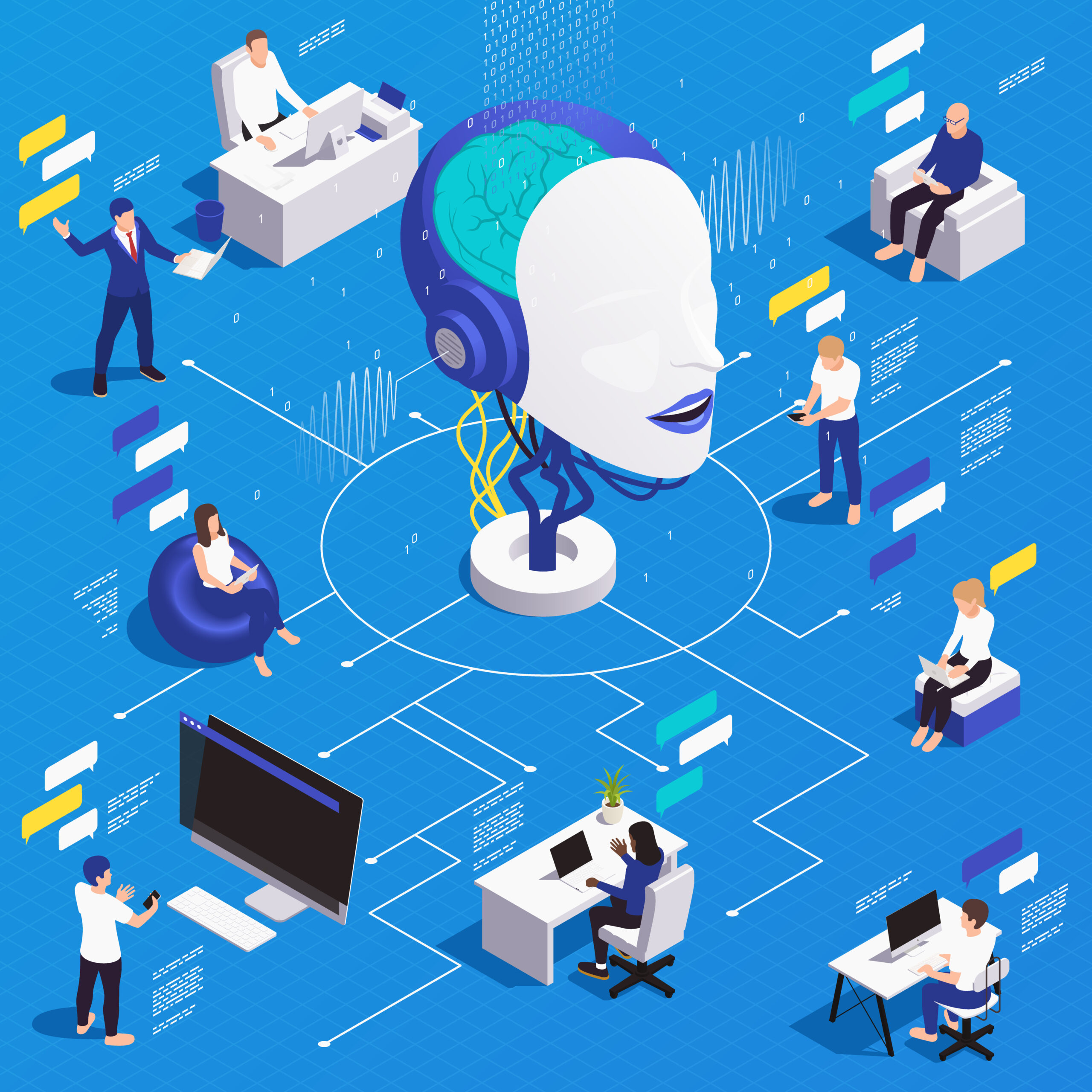
To understand what constitutes a strong AI translation solution, let’s examine OLA —a leading platform designed to enhance localization efforts beyond the capabilities of traditional translation tools.
What distinguishes OLA is its ability to integrate advanced AI-driven technology with human expertise, ensuring that translations are not only accurate but also contextually and culturally appropriate.
This combination allows businesses to deliver localized content that resonates effectively with target audiences, maintaining both linguistic precision and brand consistency.
1. AI-Driven Translations That Feel Completely Human
OLA goes beyond traditional automated translation by creating a Virtual Localization Team, powered by specialized AI agents and advanced Large Language Models (LLMs) such as Claude, GPT, and Gemini.
Each AI agent is assigned a distinct role, functioning as a Translator, Voter, Domain Researcher, Editor, Quality Evaluator, or Localization Manager, effectively replicating the expertise of a professional linguistic team. This structured approach ensures that translations preserve brand identity while aligning with local cultural and linguistic expectations.
By incorporating a Human-in-the-Loop methodology, OLA combines AI precision with the nuanced expertise of human evaluators.
The Outcome?
Translations that not only maintain your brand’s integrity but also resonate deeply with local audiences, enhancing engagement and trust.
2. Leveraging Multiple LLMs for Superior Accuracy
Why rely on a single translation model when you can harness the combined strengths of multiple LLMs?
OLA carefully evaluates and selects the most suitable AI translation model for each project, ensuring that all content—whether marketing materials, product descriptions, or customer communications—is accurate, contextually appropriate, and aligned with your brand’s messaging.
The Competitive Advantage:
- Businesses that implement AI-powered translation solutions experience a 32% reduction in time-to-market for localized products.
- Faster localization enables companies to seize new opportunities quickly while maintaining a strong competitive edge.
3. Rapid, Scalable Translations for Global Expansion
In today’s fast-paced business environment, speed is a critical factor for success.
OLA, via AI translation, allows businesses to launch localized products and marketing campaigns faster than ever before. High-quality translations across multiple languages can be generated within minutes, enabling companies to respond swiftly to market demands.
This unparalleled speed not only allows businesses to capitalize on emerging opportunities but also ensures they can expand globally with confidence, maximizing their growth potential.
4. Versatile Localization for Every Need
The versatility of OLA makes it an ideal partner for a wide variety of localization requirements.
Whether you’re rolling out a new mobile app, localizing an engaging game, or refreshing your website’s content, OLA has you covered:
- Mobile App Localization
In a world where mobile applications are vital for customer engagement, OLA accelerates your app’s global launch. Its translations are designed to ensure your app remains functional and appealing to local users.
With its Mobile App Localization Services, you can guarantee your app speaks the language of its audience and aligns with their cultural expectations.
- Game Localization
The gaming industry demands meticulous attention to detail and creativity in translations. OLA enables game developers to connect with players worldwide by delivering immersive translations that capture the essence of the game. Its service enhances narratives and character dialogues, ensuring that they resonate across languages.
Explore its Game Localization Solutions for connecting gamers with unique experiences globally.
- Website Localization
Your website is often the first introduction customers have to your brand. OLA ensures that all your online content speaks clearly and effectively to local audiences.
Through its Website Localization Options, you can ensure that every aspect of your digital presence reflects your identity while engaging diverse target markets.
5. Effortless to Use and Manage
Managing your AI translation and thus localization process has never been easier.
OLA’s advanced system offers seamless API integration, allowing you to manage your content across multiple platforms effortlessly. With instant translations powered by cutting-edge AI technology, you can significantly streamline your localization workflow.
Key Technologies that Power AI Translation
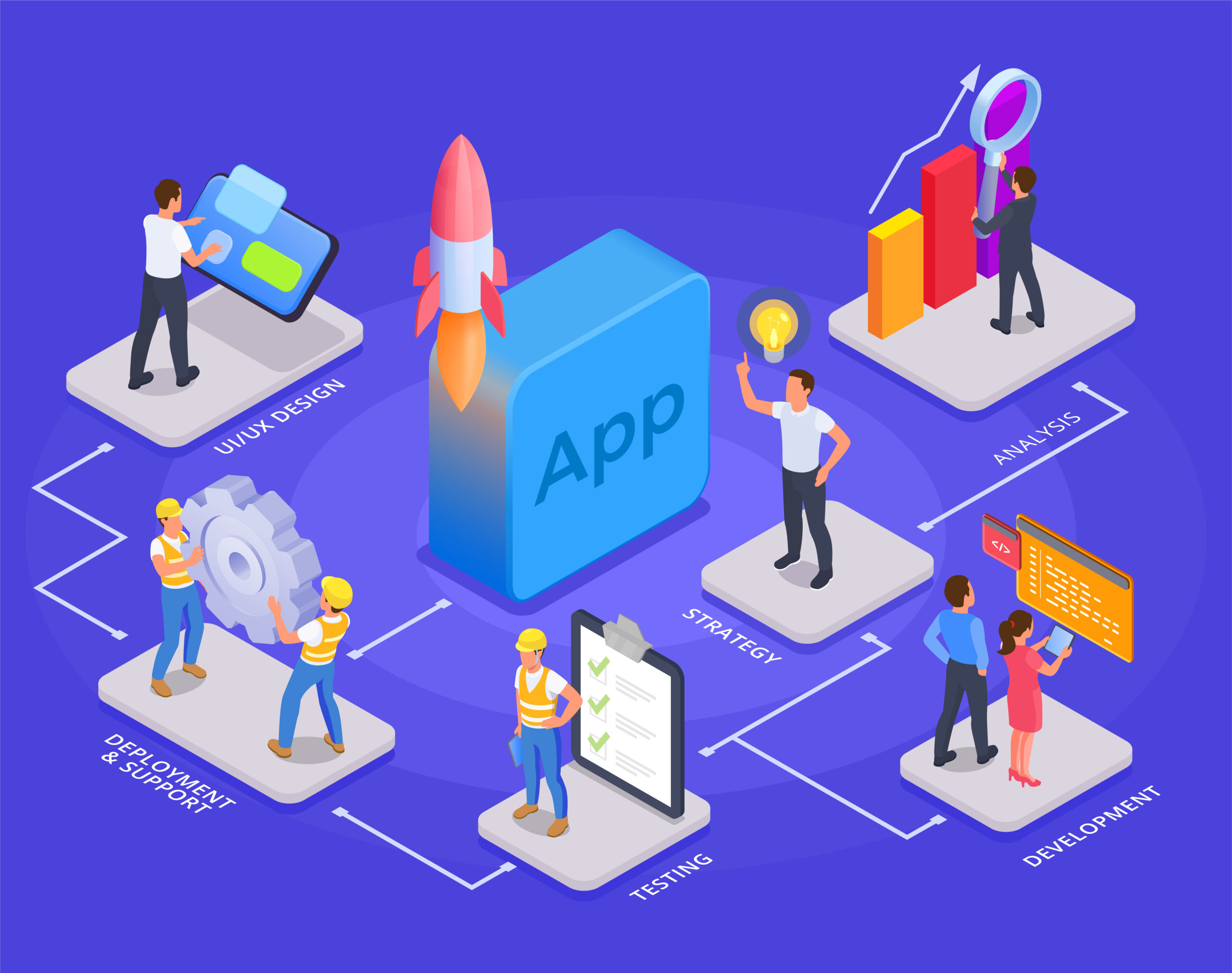
1. Natural Language Processing (NLP)
Natural Language Processing (NLP) is the backbone of AI translation software.
This branch of artificial intelligence focuses on the interaction between computers and human (natural) languages. It allows machines to understand, interpret, and respond to human language in a valuable way.
- Tokenization: The first step in NLP involves breaking down text into smaller units, called tokens. These can take the form of words, phrases, or sentences. Tokenization facilitates the analysis of sentence structure and meaning, forming the basis for effective translations.
- Syntax and Semantic Analysis: AI translation software uses syntax analysis to comprehend the grammatical structure of sentences, while semantic analysis helps identify the underlying meaning of words. This two-pronged approach enables the software to generate translations that are contextually appropriate.
- Named Entity Recognition (NER): Identifying proper nouns—such as names of people, organizations, and locations—forms a crucial component of accurate translations. NER allows AI systems to capture critical context, ensuring smooth and precise translation.
2. Machine Learning and Deep Learning
Machine learning, a subset of artificial intelligence, plays a vital role in the evolution of AI translation software. By analyzing large datasets of bilingual text, machine learning algorithms can detect patterns, correlations, and relationships in translation.
- Supervised Learning: Most AI translation models utilize supervised learning, where the system is trained on labeled datasets containing pairs of source and target language sentences. The algorithms learn to map input sentences to their corresponding translations.
- Unsupervised Learning: In scenarios where labeled data is unavailable, unsupervised learning becomes critical. AI models can analyze unstructured data sets to discover hidden patterns related to language pairs, enabling the software to improve overall performance and accuracy.
- Neural Machine Translation (NMT): A groundbreaking advancement in translation technology, NMT leverages deep learning to effectively handle translation tasks. It employs encoder-decoder architectures, where the encoder processes the input sentence and outputs a context vector, while the decoder generates the translated sentence. This holistic approach allows NMT to produce more fluid and human-like translations.
3. Transfer Learning
Transfer learning is a powerful technique that permits AI translation models to apply knowledge gained from one task (e.g., translating English to Spanish) to improve performance in other language pairs (e.g., English to Swedish).
By leveraging existing linguistic knowledge, translation software can quickly adapt to new languages or dialects, reducing the data and time needed for training.
4. Reinforcement Learning
Reinforcement learning allows translation models to improve based on feedback from user interactions.
By continuously analyzing the quality of translations and incorporating user input, AI translation software can fine-tune its performance and adapt dynamically to user needs. This makes reinforcement learning a critical aspect of optimizing translation accuracy in real-world applications.
Case Study: Solving Localization Pain Points via AI Translation
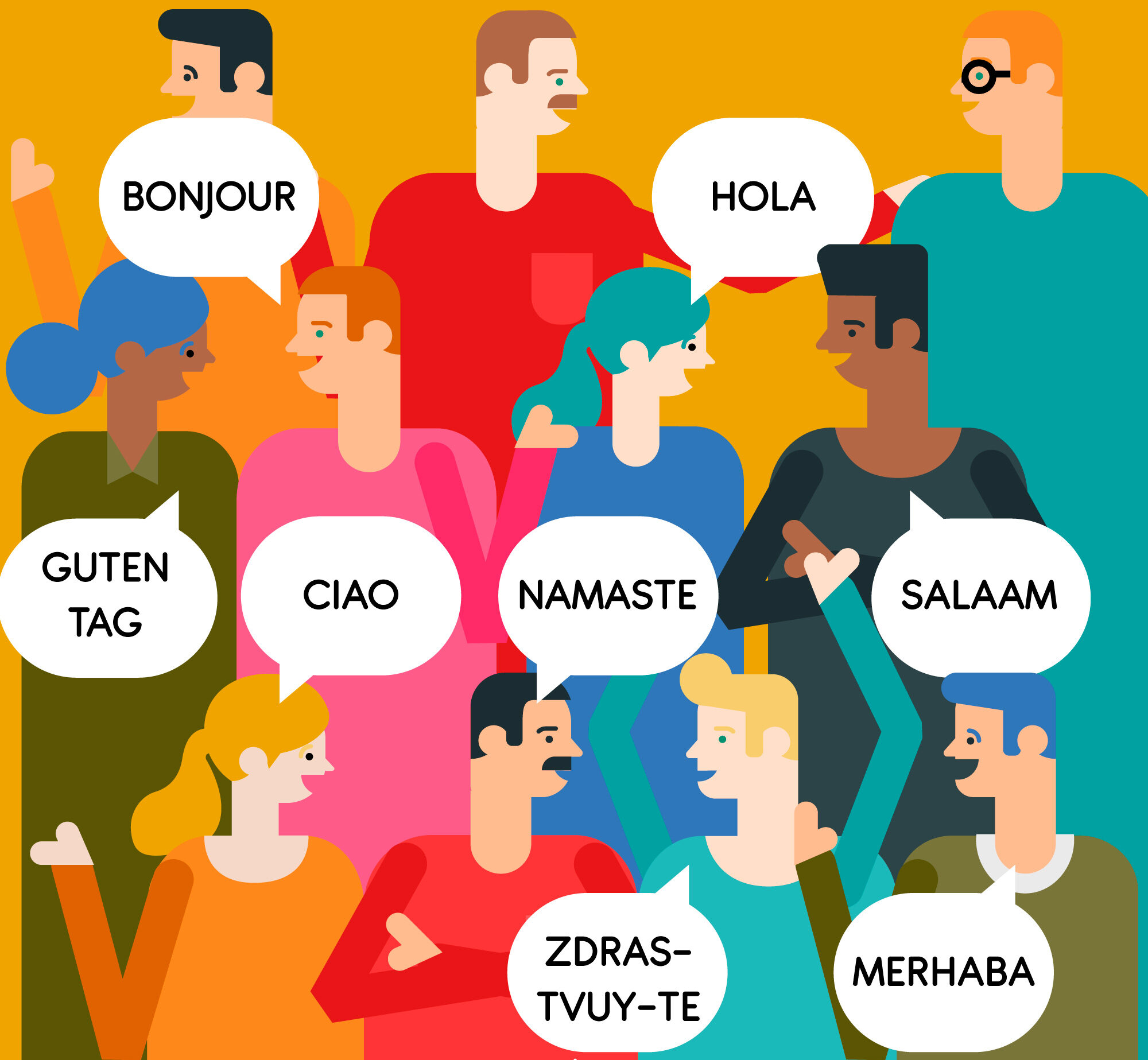
Despite the advancements in AI translation, businesses often encounter various challenges when diving into localization. Understanding these pain points can help organizations take proactive measures to address them effectively.
Common Localization Challenges
- Inconsistent Quality: Involving multiple translators with varying levels of expertise can lead to inconsistent quality across translated content. Brands often struggle to maintain uniformity in tone, style, and messaging.
- Cultural Nuances: Simply translating words isn’t enough; understanding cultural nuances is crucial for effective communication. Without this sensitivity, messages may be misinterpreted or fail to resonate with target audiences.
- Time Pressures: The need for quick localization can result in insufficient time for thorough reviews and quality checks. This rush often compromises translation quality and can damage brand reputation.
- Technical Limitations: Integrating localization tools into existing workflows can be cumbersome. Organizations may deal with compatibility issues or the challenge of managing multiple localization providers and tools.
- Budget Constraints: Balancing quality against cost is often a perpetual struggle. High-quality translations usually come at a premium, posing challenges for companies operating within tight budgets.
Addressing Pain Points with AI Translation Tools like OLA
AI translation tools offer comprehensive solutions to the localization challenges that businesses face.
Here’s how AI translation alleviates some of these pressing pain points:
1. Ensuring Consistent Quality
To tackle the issue of inconsistent quality, OLA leverages its Virtual Localization Team. This team, composed of specialized AI agents, collaborates to ensure that the output aligns perfectly with your brand’s style guide.
By effectively blending AI technology with human evaluators,OLA guarantees that every piece of content reflects consistency in tone and messaging across all languages. In addition, using Translation Memory (TM) allows for the reuse of previously translated segments, which further enhances consistency and saves valuable time.
2. Navigating Cultural Nuances
Cultural sensitivity is a critical element in localization.
AI translation tools like OLA address this challenge by integrating Human-In-The-Loop processes within its translation workflow. Human evaluators assess context, cultural references, and local nuances to ensure translations resonate with local audiences.
By embedding cultural insights into translations, OLA helps brands connect authentically with their target markets.
The AI learns from these human edits, continuously improving its understanding of the nuances found in various languages and cultures. This results in content that not only translates effectively but also engages and respects the cultural context in which it is presented.
3. Meeting Time Pressures
In a fast-paced business world, meeting tight deadlines is often a necessity.
AI translation technology enables businesses to produce high-quality translations in mere minutes, significantly expediting the localization process. This rapid turnaround empowers teams to launch products and campaigns in international markets without compromising quality.
By streamlining workflows and minimizing the need for extensive revisions, AI translation tools help you meet those urgent deadlines, allowing you to stay ahead of the competition.
4. Overcoming Technical Limitations
Integrating localization solutions into existing systems can pose challenges for many organizations.
AI translation tools like OLA address this with seamless API integrations that are designed to fit right into your current workflows. This user-friendly approach allows you to manage your content and translation processes effortlessly, avoiding the complications often associated with using multiple tools.
You can enhance collaboration across teams, ensuring everyone is aligned and contributing to your localization success.
5. Balancing Quality and Cost
One of the significant challenges businesses face is striking a balance between obtaining high-quality translations and managing costs.
With AI translation tools, you don’t have to compromise on quality for the sake of budget. The automation of numerous translation processes allows for faster production rates, reducing the need for extensive human resources and leading to cost savings.
Additionally, the flexible nature of AI translation tools enables organizations to scale their localization efforts according to their budgetary constraints, making it a feasible solution for startups and well-established enterprises alike.
Case Study: UEFA – Elevating Multilingual Communication with OLA
Background
The UEFA (Union of European Football Associations) is at the heart of European football, responsible for organizing thrilling national and club competitions.
With a vast and diverse fan base spread across multiple countries and languages, UEFA faced a pressing challenge: how to effectively communicate with millions of passionate football enthusiasts.
As global events unfold, delivering real-time updates and engaging content to fans has never been more critical.
Challenges
When UEFA set out to enhance its communication strategy, several significant challenges surfaced:
- Diverse Audience: With fans passionately speaking various languages, the need for accurate and culturally relevant translations became essential. UEFA aimed to ensure that every piece of content resonated with local audiences.
- Rapid Content Turnaround: As a dynamic sports organization, UEFA required timely updates for match reports, announcements, and promotional materials. Speed was crucial to keep fans in the loop and engaged with ongoing events.
- Consistency Across Languages: Maintaining a uniform tone and message across all translations was vital. Any inconsistency could risk alienating fans and diluting the UEFA brand.
How did OneSky help?
To tackle these challenges head-on, UEFA partnered with OneSky to implement a robust localization strategy using OLA.
Here’s how OneSky’s innovative solutions made a significant impact:
- AI-Powered Translation: OLA harnessed the power of advanced AI language translation tools to deliver speedy and precise translations. By utilizing a mix of AI agents and human evaluators, UEFA ensured that every message was not only accurate but also captured the cultural essence of its audience.
- Streamlined Workflows: With OLA, UEFA achieved seamless integration into their existing workflows. This tool allowed for rapid translation and localization of content, facilitating smooth communication between teams and drastically reducing delays.
- Quality Assurance with Human Insight: The Human-In-The-Loop approach combined the efficiency of AI with the nuanced understanding of experienced human translators. This blend allowed UEFA to maintain a cohesive brand voice and consistent messaging across all languages.
Results
The partnership with OneSky yielded impressive results for UEFA:
- Boosted Engagement: UEFA noticed a significant increase in fan engagement across its digital platforms. By providing relevant and timely localized content, they deepened their connections with a diverse audience.
- Enhanced Efficiency: OLA dramatically reduced translation turnaround time, enabling UEFA to publish content faster. This agility was crucial during events, helping fans stay informed in real time.
- Stronger Brand Consistency: With AI translation and human oversight, UEFA was able to maintain its brand identity across different languages, reinforcing its image and appeal among international fans.
Takeaways
The UEFA case study exemplifies the profound impact that effective localization strategies can have when powered by AI translation. By partnering with OneSky, UEFA not only addressed its communication challenges but also enhanced the overall experience for its fans.
This success story illustrates how organizations, particularly in the dynamic world of sports, can leverage advanced localization solutions to genuinely connect with diverse cultures. By investing in AI-powered translation, UEFA has shown that engaging deeply with global audiences is achievable and rewarding.
Looking Ahead: The Future of AI Translation
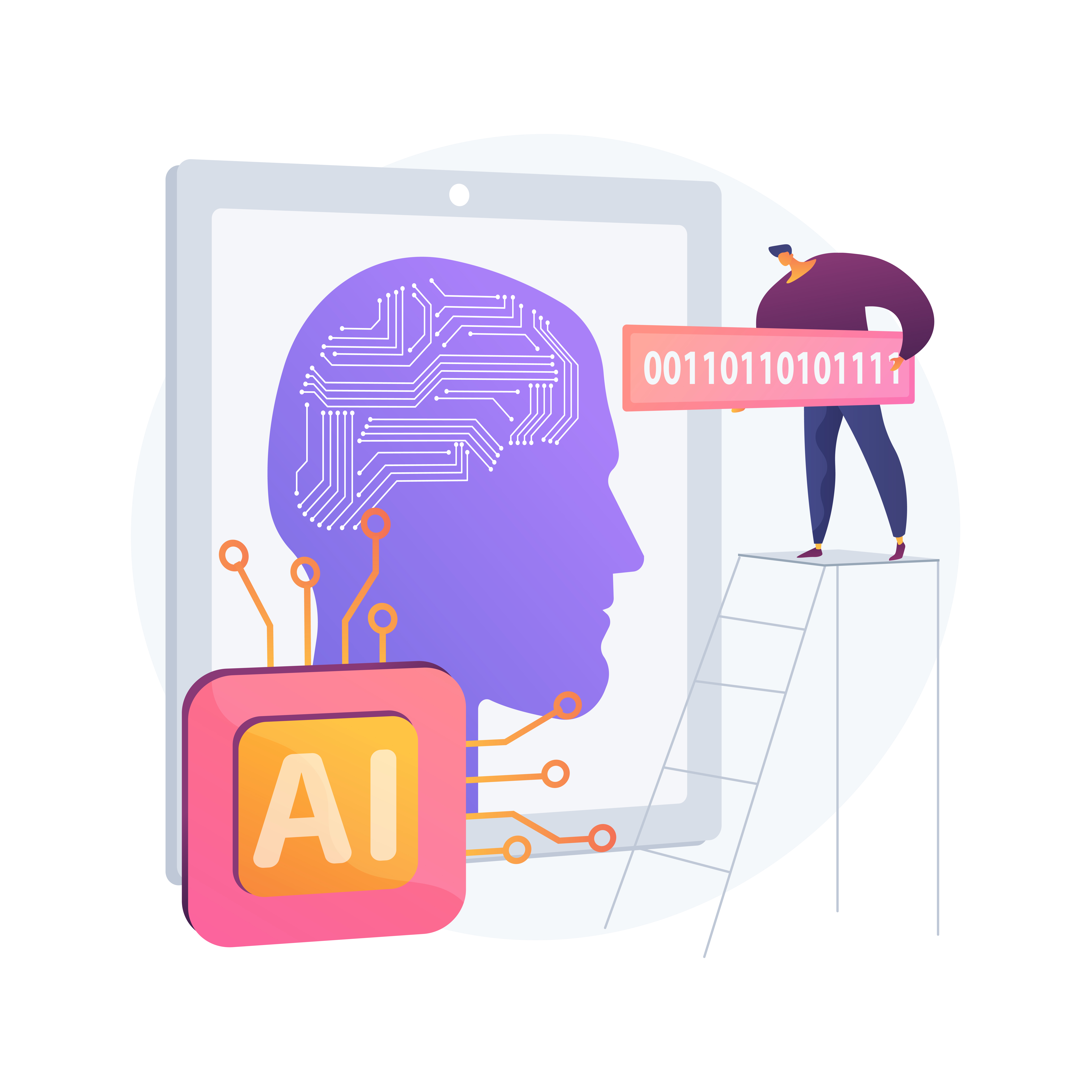
As we look to the future, the potential of AI translation is immense.
Trends indicate an exciting evolution in this space that will redefine how we communicate across cultures:
Greater Contextual Understanding
The next generation of AI translation tools is expected to demonstrate enhanced capabilities in recognizing and interpreting both language and cultural context.
Through advancements in natural language processing and machine learning, future AI systems will better grasp the nuances that inform how language is used in various settings. This enhancement will lead to translations that feel more authentic and resonate deeply with local audiences.
Integrated Multimodal Solutions
We can also look forward to AI translation tools capable of handling various forms of media simultaneously—text, audio, images, and video. This capability will create richer experiences for users, allowing businesses to craft immersive content tailored to multilingual audiences.
For instance, educational resources could be provided in multiple languages, complete with translated materials and subtitles for video lectures—all courtesy of innovative AI translation technology.
Advanced Customization and Personalization
As consumer expectations continue to shift toward personalized experiences, the demand for tailored translations will only grow.
Future AI translation tools will likely employ increasingly sophisticated algorithms to customize translations based on user preferences and cultural nuances. This means brands will be able to deliver messages that align precisely with the tastes and sensibilities of their target audience, enhancing user engagement and satisfaction.
Ethical AI Practices
With the increasing reliance on AI for translation, ethical considerations surrounding bias and equitable representation will become more essential. Companies will be expected to develop ethical frameworks to ensure their AI systems operate fairly and represent diverse perspectives without perpetuating harmful stereotypes.
By prioritizing responsible AI practices, organizations can foster trust with their audience and ensure that various voices are accurately represented in their translations.
Continual Improvement Through Machine Learning
As machine learning technologies continue to advance, translation tools will become increasingly adept at learning from past translations, user feedback, and evolving linguistic trends. This adaptive capacity will create a robust cycle of continuous improvement, allowing AI translation to offer higher quality and more responsive outputs.
For businesses, this translates into the ability to deliver high-quality content rapidly while maintaining consistent messaging across languages.
Conclusion
AI translation is revolutionizing how we connect in our globalized world.
For businesses striving for success, the ability to engage meaningfully with diverse audiences is essential. Solutions like OLA are leading the charge toward seamless and effective communication.
With its innovative architecture and human-in-the-loop approach,OLA helps organizations break down language barriers while maintaining brand integrity. It goes beyond mere translation—delivering messages that inspire, engage, and build authentic relationships.
Imagine reaching a potential customer halfway across the globe, with your message perfectly translated and culturally relevant. This isn’t just a dream; it’s the reality OLA offers. By investing in advanced translation solutions, your communications can truly resonate across languages and cultures.
The future of translation and localization is bright. With OLA by your side, you can confidently navigate the world of global communication. Harness the power of AI to create meaningful connections that span the globe!


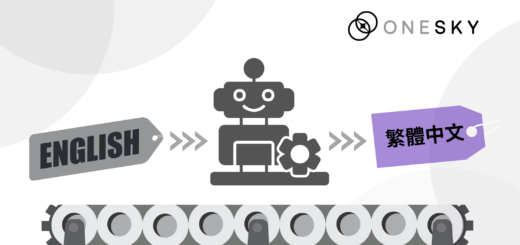
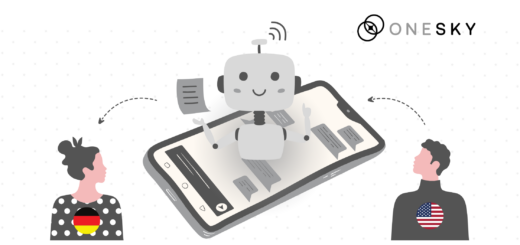
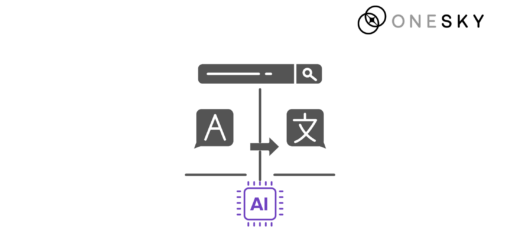



 Written by
Written by 


